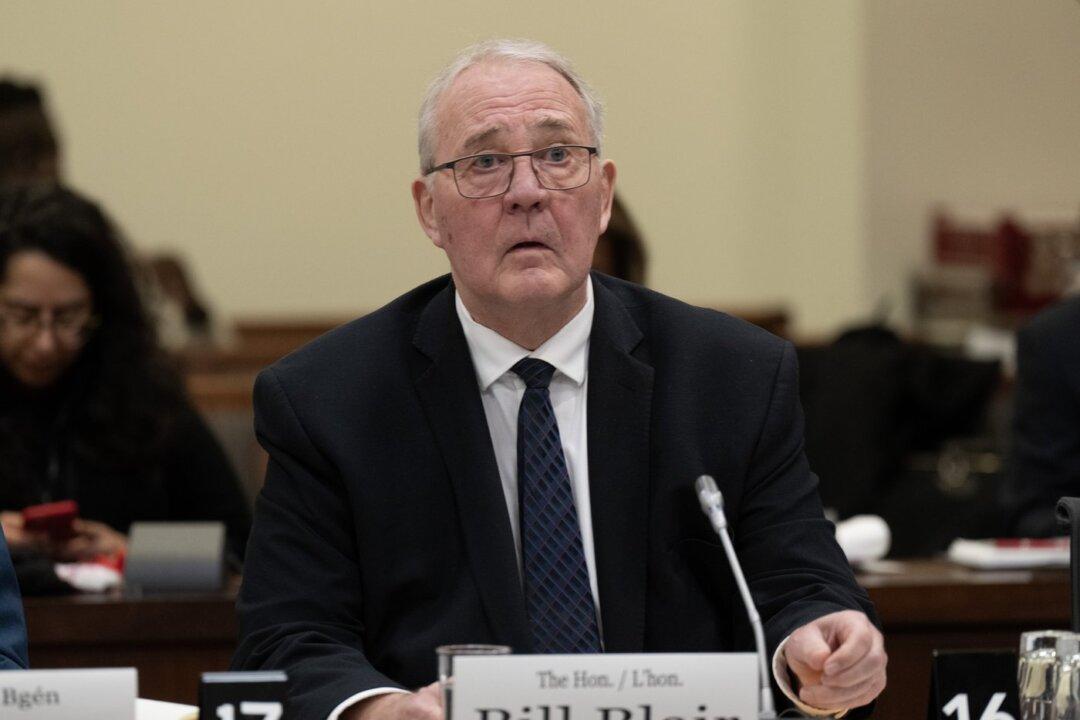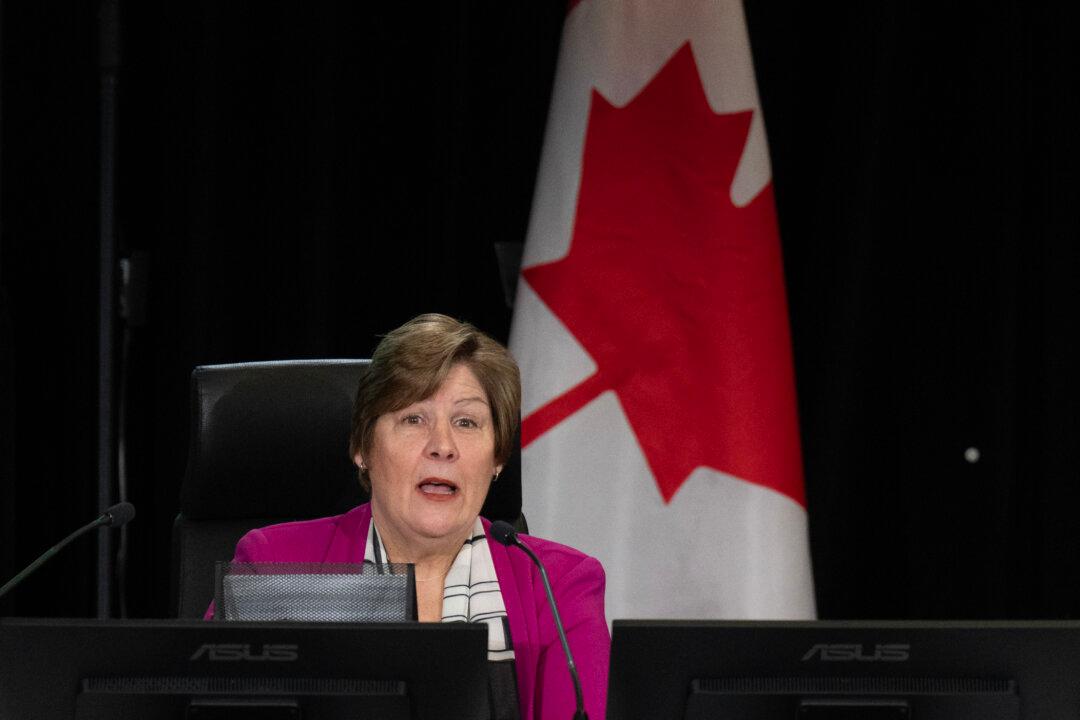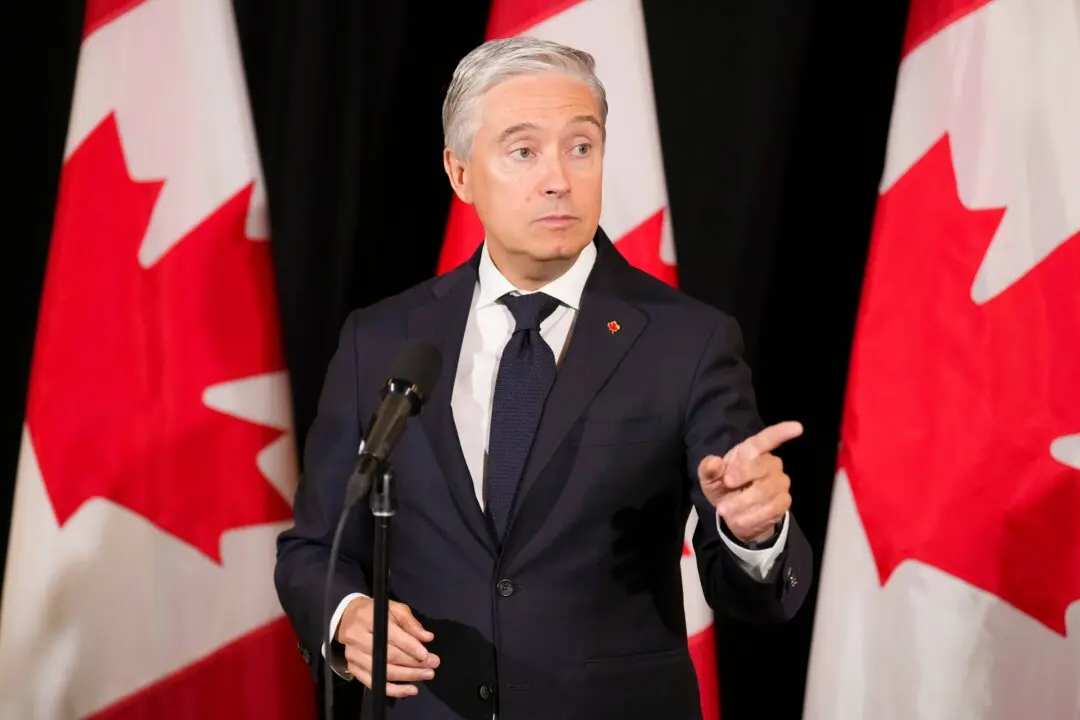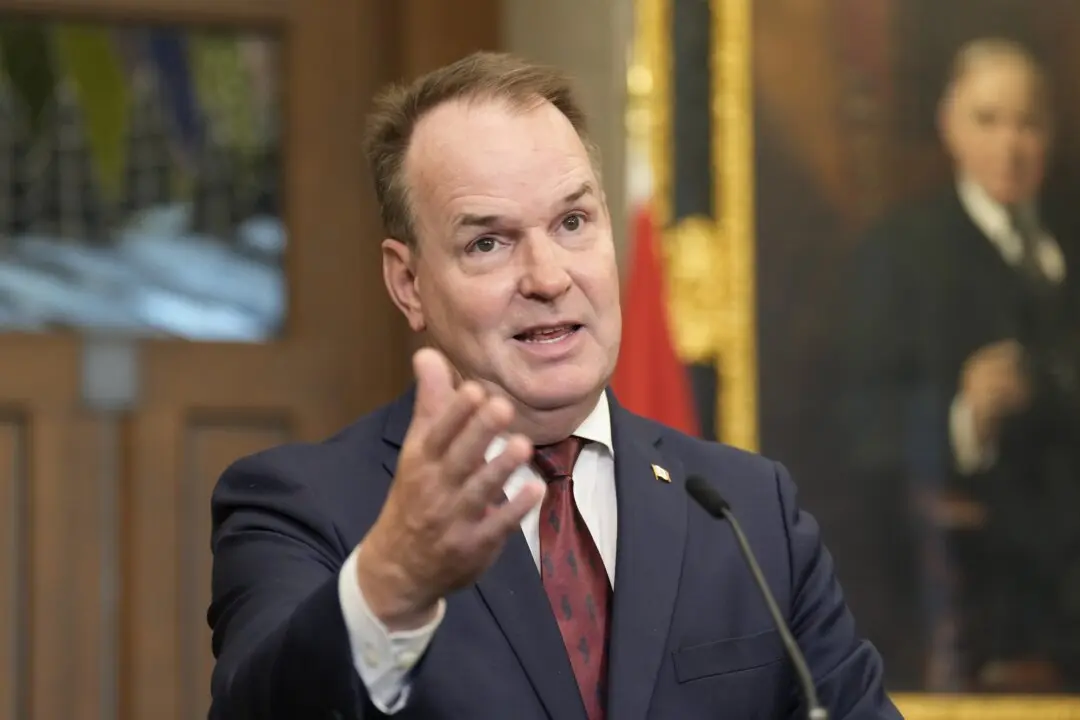Defence Minister Bill Blair says his government’s investments in the military are in stark contrast with the “very dark days” of the previous administration, despite presenting no plan to meet NATO’s spending target.
Mr. Blair appeared before the House of Commons national defence committee on April 15 to discuss Ottawa’s defence policy update, with MPs asking why more isn’t being done.





